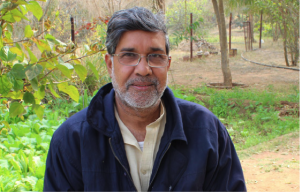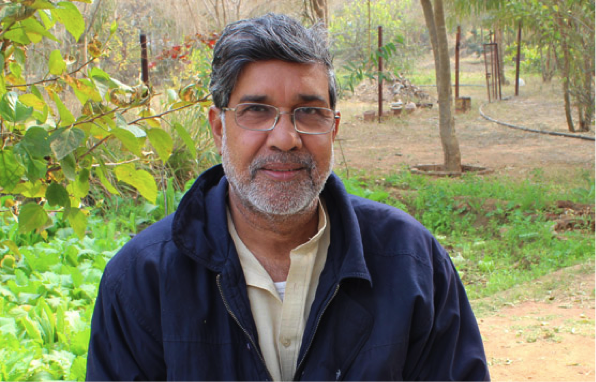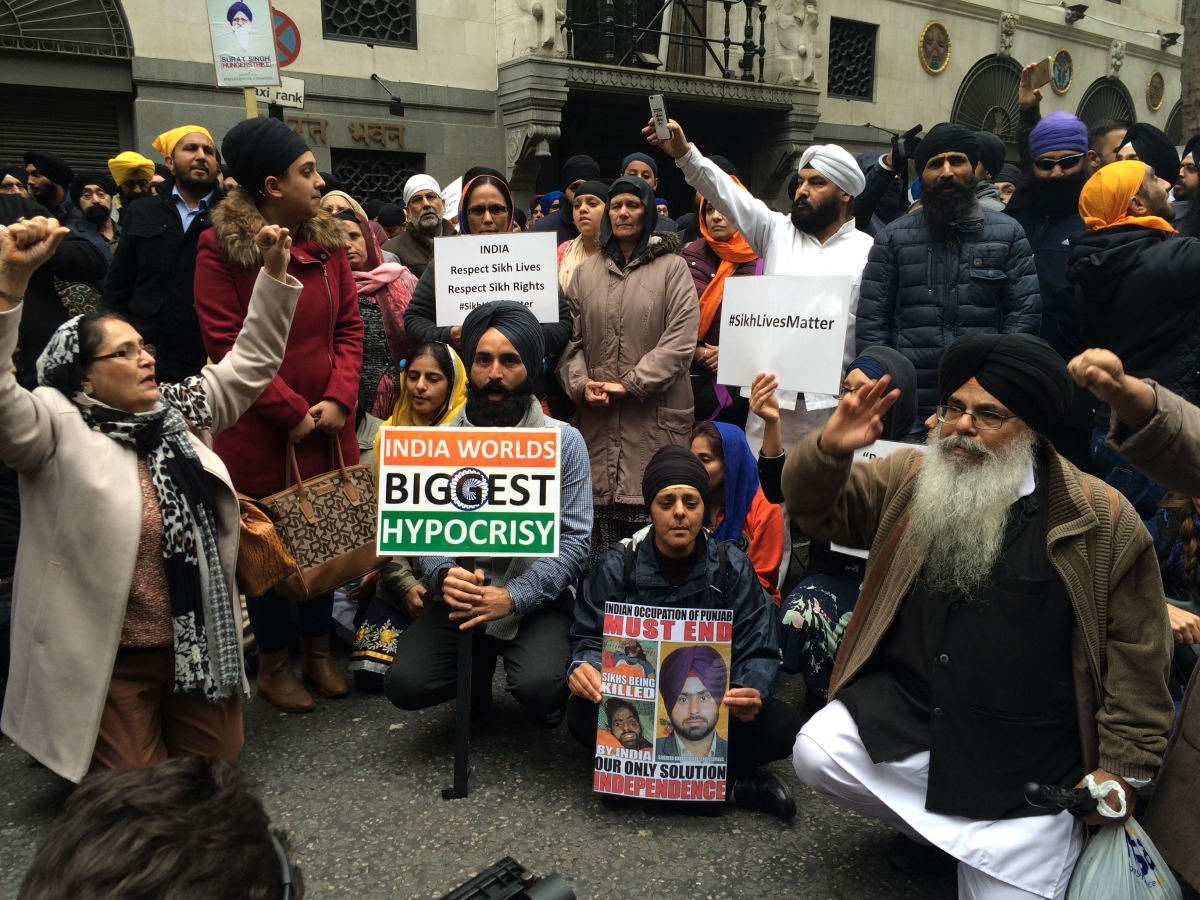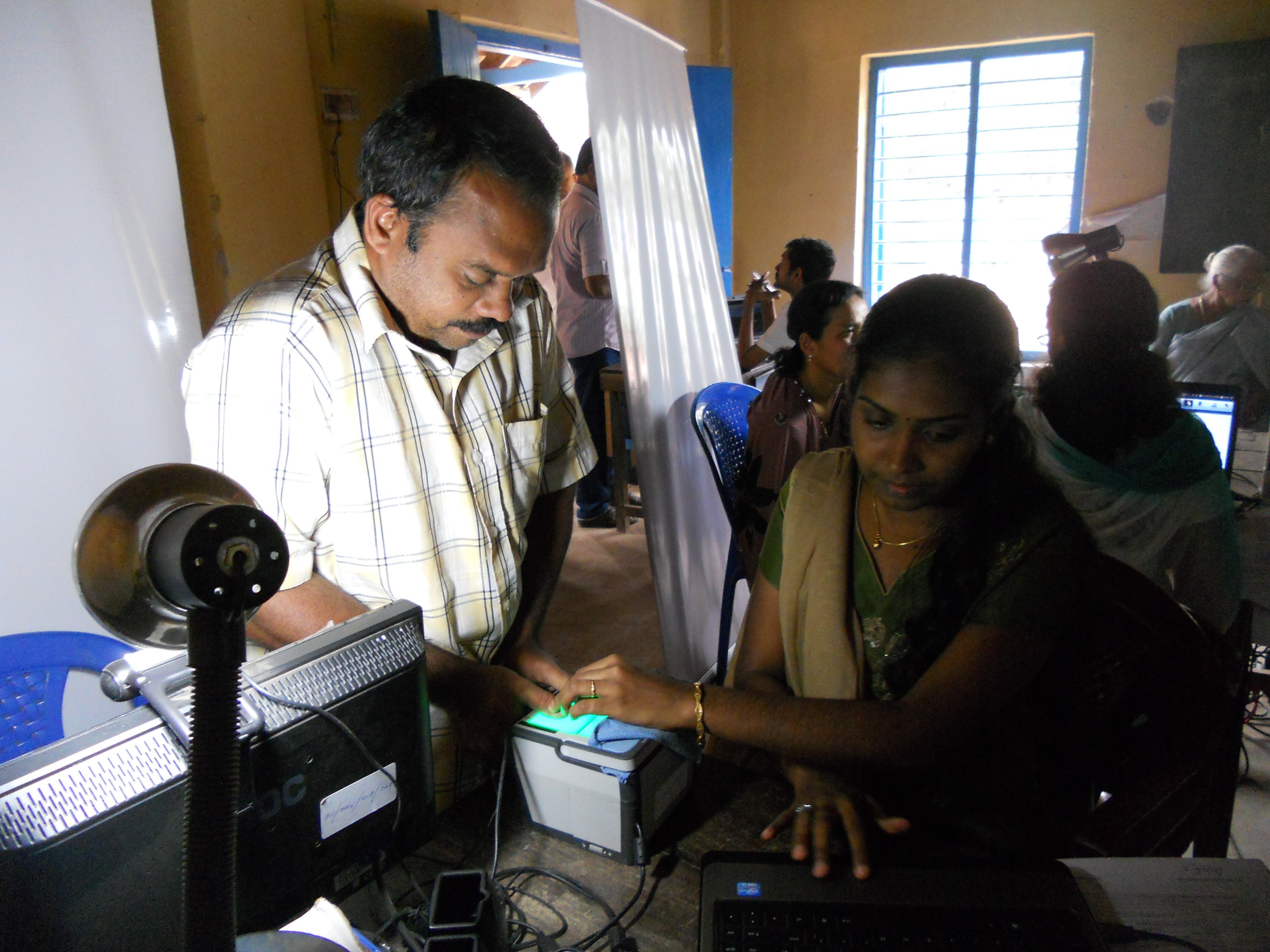By: Jack Keller
 The 60-year-old Indian is inspiring. Leaving behind a promising career as an electrical engineer at 26, Kailash Satyarthi has dedicated his life to helping millions of Indian children forced into the solitude of slavery by the opulence of corrupt business. His campaign passionately asserts that child labor and trafficking perpetuate the global struggle of poverty, unemployment, illiteracy, and population growth.
The 60-year-old Indian is inspiring. Leaving behind a promising career as an electrical engineer at 26, Kailash Satyarthi has dedicated his life to helping millions of Indian children forced into the solitude of slavery by the opulence of corrupt business. His campaign passionately asserts that child labor and trafficking perpetuate the global struggle of poverty, unemployment, illiteracy, and population growth.
According to UNICEF, roughly 150 million children ages 5 to 14 are forced into child labor around theworld. This number represents 15 percent of all children in this age group. Developing countries bolster the weight of child slavery at 23 percent, with the largest portions being in various parts of Africa (27 percent) and South Asia (12 percent).
Among these countries, India has the highest population of children in the world with 440 million children. This young demographic is more than the entire population of USA, Mexico, and Canada combined. In short, one out of every five children in the world is Indian. In the same 2012 UNICEF report, 11 percent of the country’s children worked as child laborers. India’s 48.4 million child workers represent a figure larger than Spain’s entire population.
Earlier in October, The Norwegian Nobel Committee recognized the injustice of child labor and awarded the man who has dedicated his life to abolishing it. Kailash Satyarthi received the 2014 Nobel Peace Prize along with Malala Yousafzay “for their struggle against the suppression of children and young people and for the right of all children to education.” Further, the Nobel Prize committee commented on their decisions calling, “it as an important point for a Hindu and a Muslim, an Indian and a Pakistani to join in a common struggle for education and against extremism.”

http://data.unicef.org/child-protection/child-labour
In 2013, Satyarthi and his organization, Bachpan Bachao Andolan, had rescued more than 82,800 victims of trafficking, slavery, and child labor. Since its establishment in 1980, BBA has led the global campaign against child labor and trafficking in the form of the Global March Against Child labor.
Yet, BBA’s road has been treacherous. Specifically, their plan to raid factories in order to debunk the hollowness of child labor has proved immensely dangerous. Manned by armed guards and violent security systems, these factories frequently retain and reduce children, and even entire families, to serfdom.
These factories produce a variety of products, from soccer balls to sneakers, but South Asian rugs are their premier export. According to Satyarthi, the battle to end child labor begins with the education of consumers. He believes if they knew how their expensive and colorful Indian rugs were made, they would no longer think they were so beautiful. To raise awareness, he began “Rugmark,” an initiative that labels and certifies if each rug is produced by a child-labor-free factory. Kailash plans to extend the labeling program to other entities such as soccer balls, another popular product that is commonly made by children.
After freeing thousands of children, Satyarthi has focused his energy on educating these young adults at Mukti Ashram in New Delhi, India. The transition center is in charge of teaching newly freed slaves basic skills — reading and mathematics — as well as providing food, clothing, shelter, medical aid, and psychological and legal assistance. BBA ensures that the children get the best quality care to overcome the trauma of slavery and servitude, which also eases the process of their reintegration into society.
The campaign against child labor is not simply Eastern as our own nation employs children in agriculture and domestic labor. Most recently, The Humans Rights Watch released an in-depth 138-page report documenting the conditions of children working in the tobacco fields of Virginia, Kentucky, Tennessee, and North Carolina. The report is based on interviews with 141 child tobacco workers who risk nicotine poisoning, aged 7 to 17. Thousands of children have immigrated to the United States illegally, so there is no legal recourse for them.
The fact that kids are still enslaved in the 21st century is a nauseating idea and makes anyone question the motives and ethics of humanity. If we can gain anything from Kailash Satyarthi’s movement it is the reminder that change is, in fact, possible. Hope still exists as Kailash says, “If not now, then when? If not you, then who? If we are able to answer these fundamental questions, then perhaps we can wipe away the blot of human slavery.”


